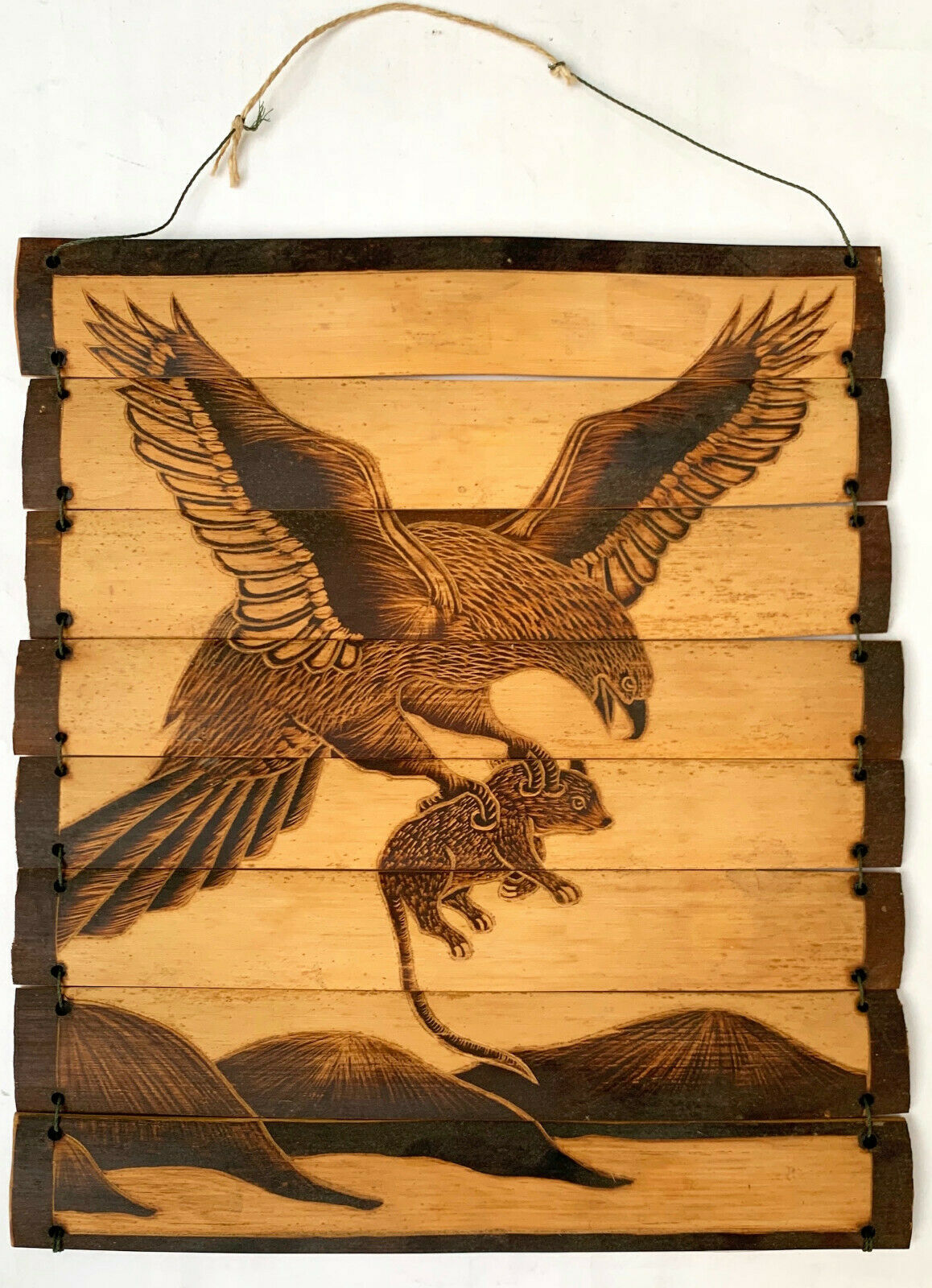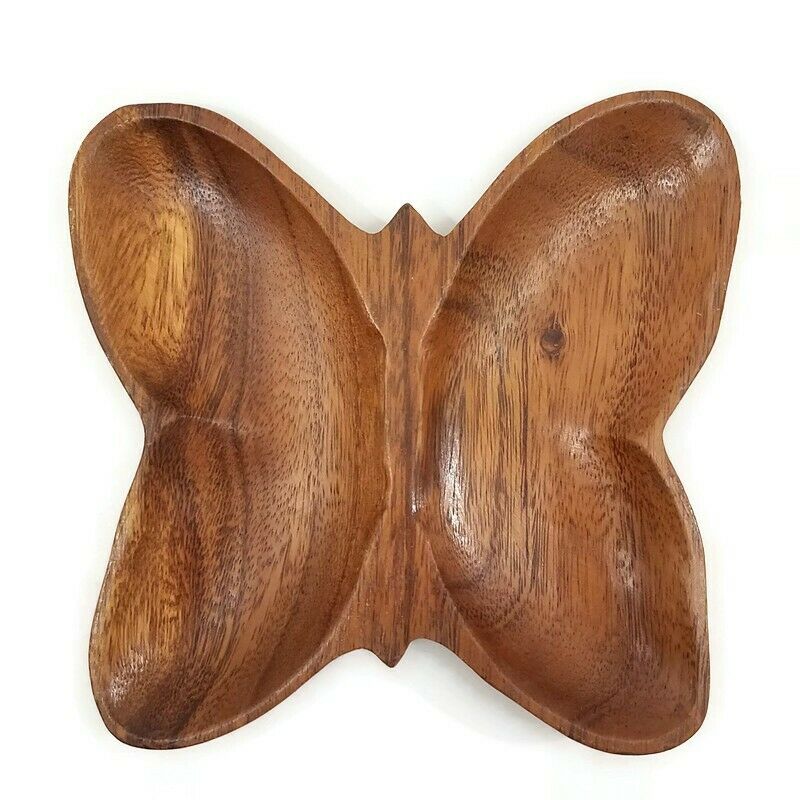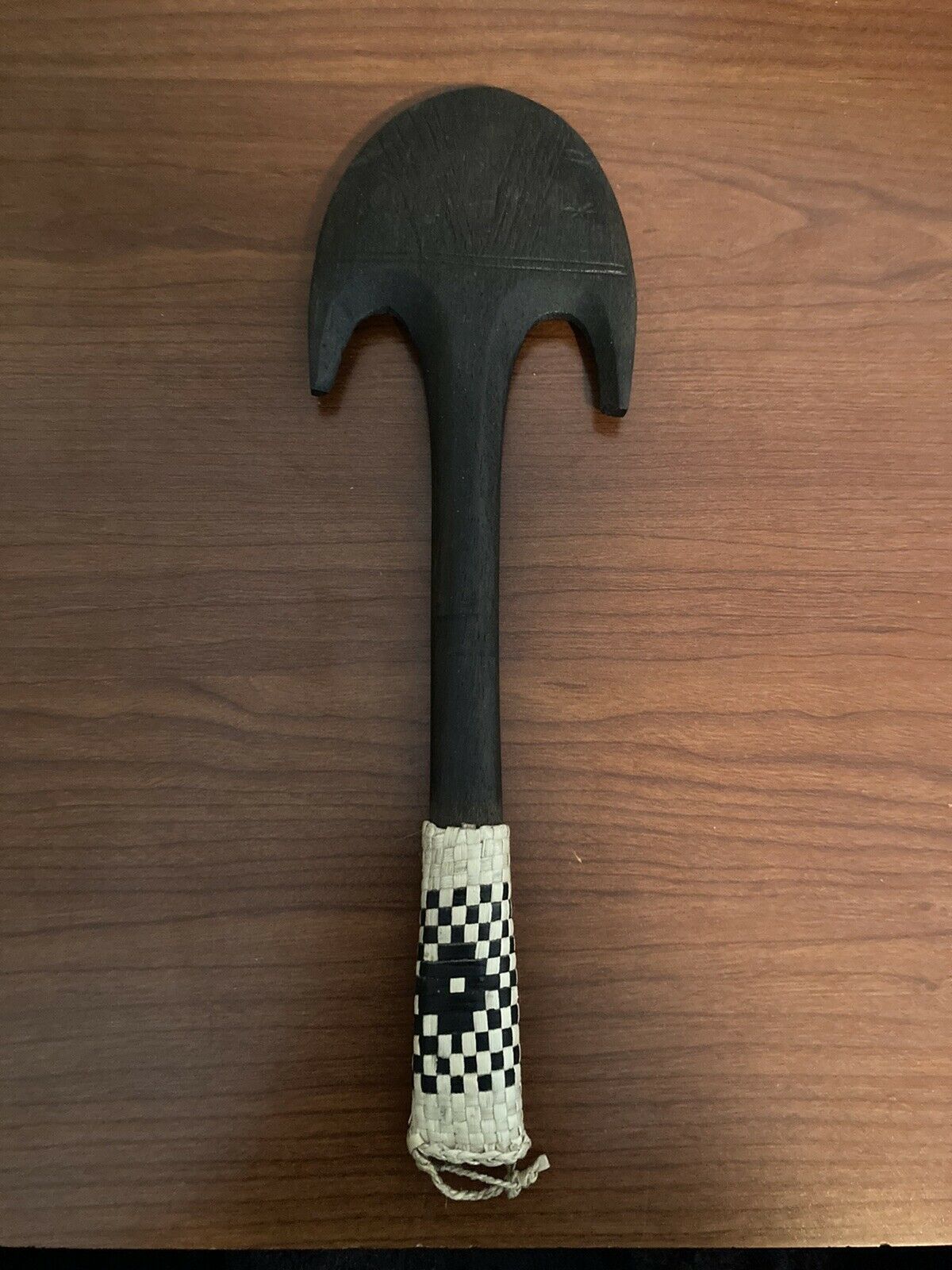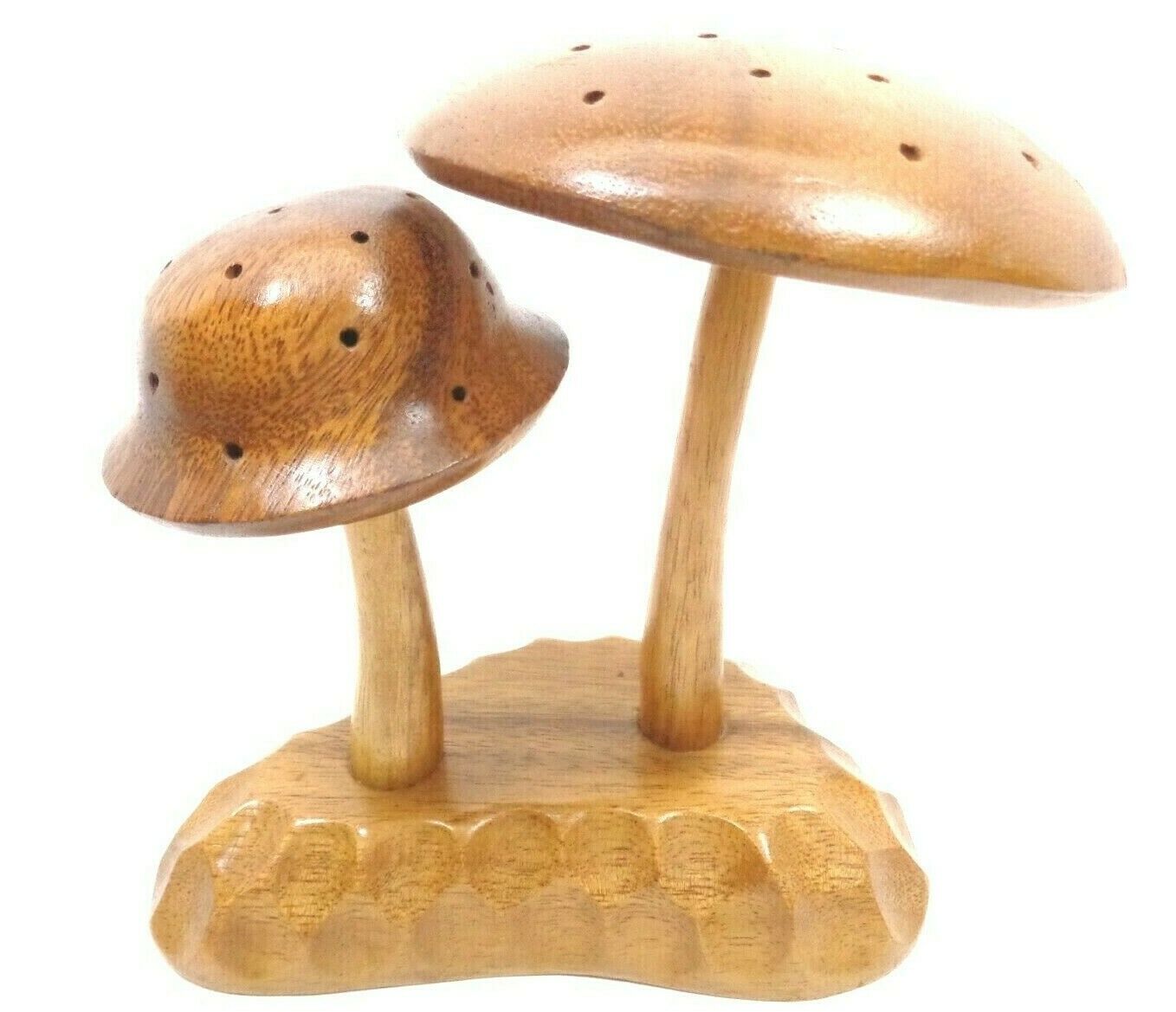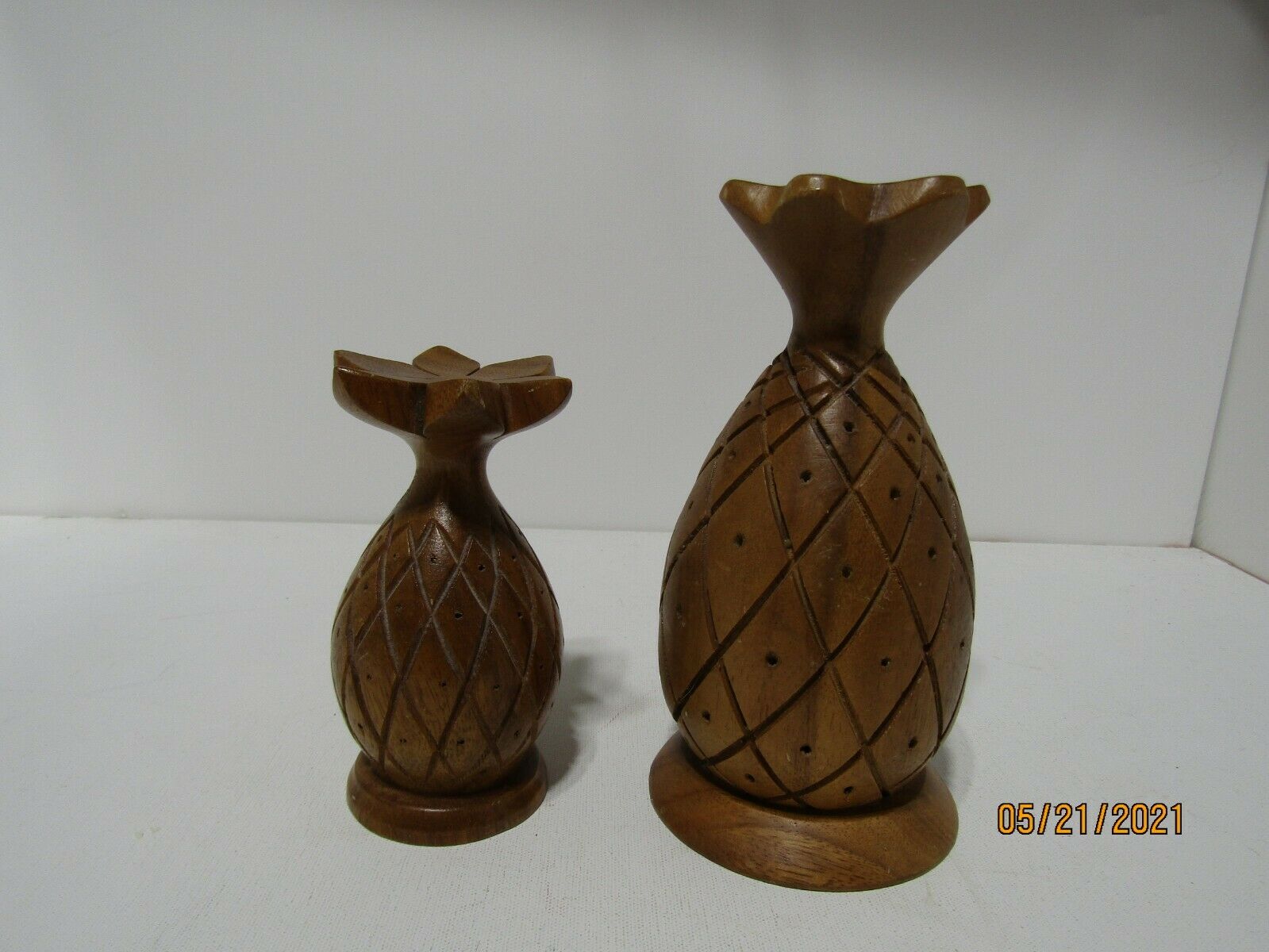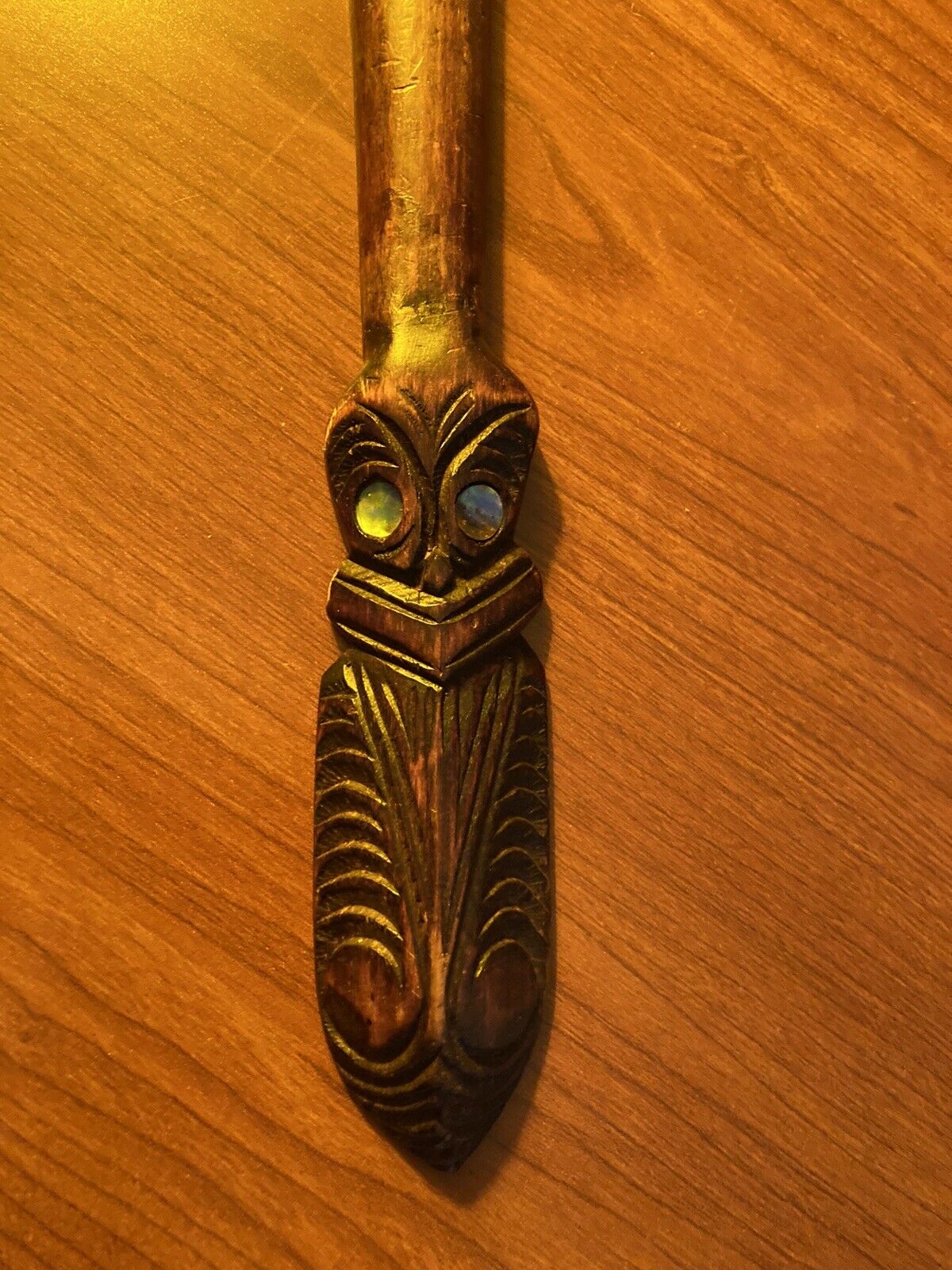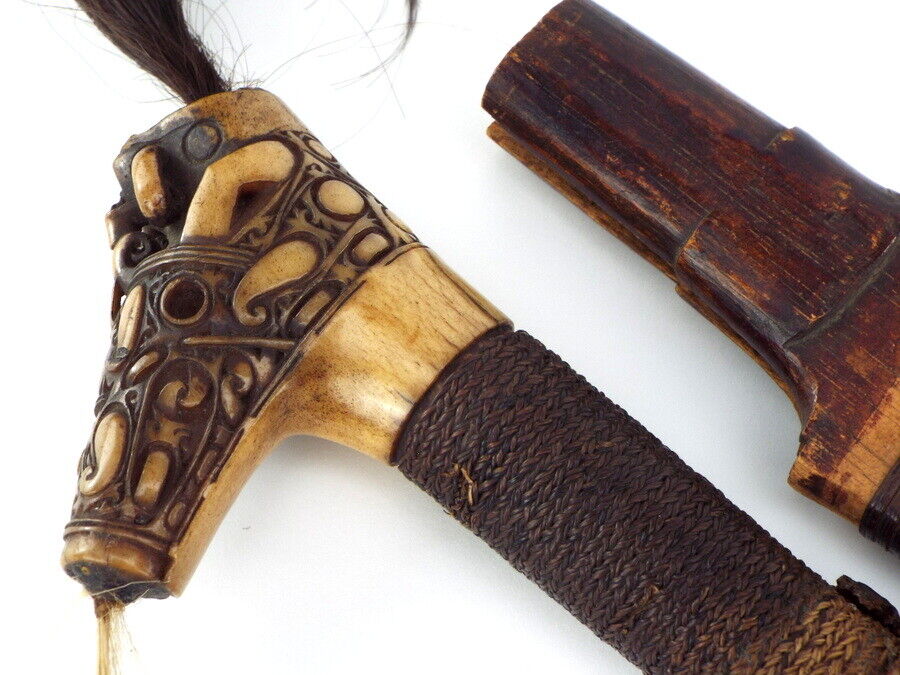-40%
FINE WOVEN MAT, 76" x 144", KIE TONGA, IE TOGA, PACIFIC ISLANDS
$ 132
- Description
- Size Guide
Description
‘Ie tōga. 76" x 144". NEAR MINT CONDITION. See pictures. (20)This item came from an abandoned storage unit in Oklahoma. This storage unit contained many personal items that belonged to a native of Tonga who had passed away. When no one came to claim her belongings, many years were spent looking for her family, with no results. In 2019, the contents of the unit were put up for auction. That is how I acquired these cultural treasures. The reason I explain this is to give the ownership details for these items. All of these items I am selling were made in the traditional ways on Tonga Island by Tonga women. They were owned and used and loved by a native of Tonga and though I did not meet her, the manager of the storage spoke VERY WELL of her.
Items are a minimum of 15 years old but very likely they are older. Very Good Condition, see pictures.
SHIPS USPS
No returns unless item does not arrive as described.
As always, your purchase is protected with the eBay Money Back Guarantee. Get the item you ordered, or get your money back.
About
this item: (from Wikipedia)
The value of an ‘ie tōga (fine mat) is derived from the knowledge, skill, patience, and love that go into its making. Some fine mats take years to complete. In the past, there were many accomplished fine mat makers. Almost every village had a designated spot (Fale Lalaga) where women would gather to make these mats. These women would teach their children the art of making fine mats.
An ʻie tōga is a special finely woven mat that has the highest cultural value in the Sāmoa islands. They are commonly referred to in English as fine mats, although they are never used as sitting mats. ʻIe tōga are valued because of the quality of the weave and the softness and shine of the material. They are only made by women and form an integral part of their role, identity, and skill in their community.
‘Ie tōga have an unwoven fringe and a strip of red feathers.They are exchanged and presented at weddings and funerals, matai chief title bestowals, and at special occasions such as the blessing of a newly-built fale (house) or the opening of a new church. ʻIe tōga are sometimes worn at special occasions, around the waist, similar to a lavalava. At funerals, ʻie tōga are given to the family of the deceased and gifts of ʻie toga, and food are given in return. These exchanges display a mutual respect that enforces family (ʻaiga) ties. In this way, ʻie tōga are passed down from family to family, sometimes for many years and are greatly valued. Historically, some ʻie tōga were so valuable they were given their own names. The process of making an ʻie tōga can take months or even years of work to create. The completion of an ʻie tōga can involve a public celebration and presentation with the women parading and displaying their fine mats for all to see.
The best quality of ʻie tōga are made from a variety of long leaved pandanus known as lauʻie. More common types of 'ie toga with a coarser weave are made from laufala, another variety of pandanus. The pandanus are grown in village plantations. The long leaves are selected and cut from the plant and taken back to the village. The leaves are prepared by soaking them in boiling water followed by drying and bleaching in the sun. Once dry, the leaves are rolled and tied into bundles in preparation for weaving. The long dried leaves are then slit into thin strips for weaving.
In the 19th century, young women would start their own mats or complete ones started by older sisters. Today, it is more common for mats to be woven by a group of women working in a fale lalaga (weaving house). The decorative red feathers were originally from Sāmoan or Fijian Collared Lory birds, called "sega," but more modern examples use dyed chicken feathers.
The numbers of ʻie tōga as well as fine mat makers are dwindling. Methods and techniques used in making ʻie tōga have evolved because of modern tools and equipment. We honor all those skilled and dedicated artists who participate in pertuating the craft of making an ʻie tōga, and for keeping this part of the culture alive.





